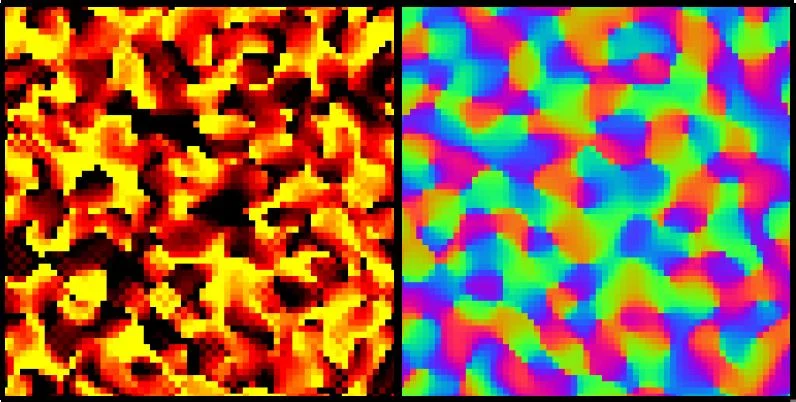Emergent dynamical order and time translation symmetry breaking due to non-Markovian system-bath interactions
Y. S. Patil, H. F. H. Cheung and M. Vengalattore
Abstract
We experimentally determine the phase diagram of an open driven dissipative system of parametrically coupled non-degenerate mechanical oscillators by tuning their interactions with the environment from being Markovian to non-Markovian. For the class of non-Markovian system-bath interactions we engineer, we observe three distinct phases separated by continuous phase transitions, confirming that system-bath interactions can significantly modify the phase diagram, as recently theorized in previous work [Cheung, et al, arXiv:1707.02622]. The emergent phase that arises on making the non-Markovian interactions dominant is characterized by a dynamic order parameter that breaks a $U(1) \times \mathbb{Z}_2$ \(\) symmetry, where the $U(1)$ symmetry corresponds to the invariance of the system equations of motion under a continuous time translation. While finite temperature fluctuations prevent a spontaneous breaking of this continuous symmetry in an isolated pair of oscillators, as experimentally studied in this work, we report numerical simulations of a multimode extension of the system to a lattice of nearest-neighbor-coupled oscillators that suggest that the emergent $U(1)\times\mathbb{Z}_2$ phase spontaneously breaks the continuous time translation symmetry in 3-D, displaying long-time and long-range order owing to the optomechanical synchronization of the oscillators. Our experiments set the stage for using optomechanical systems in the study of dynamical critical phenomena, and open potential avenues for the realization of time translation symmetry broken phases through reservoir engineering.

